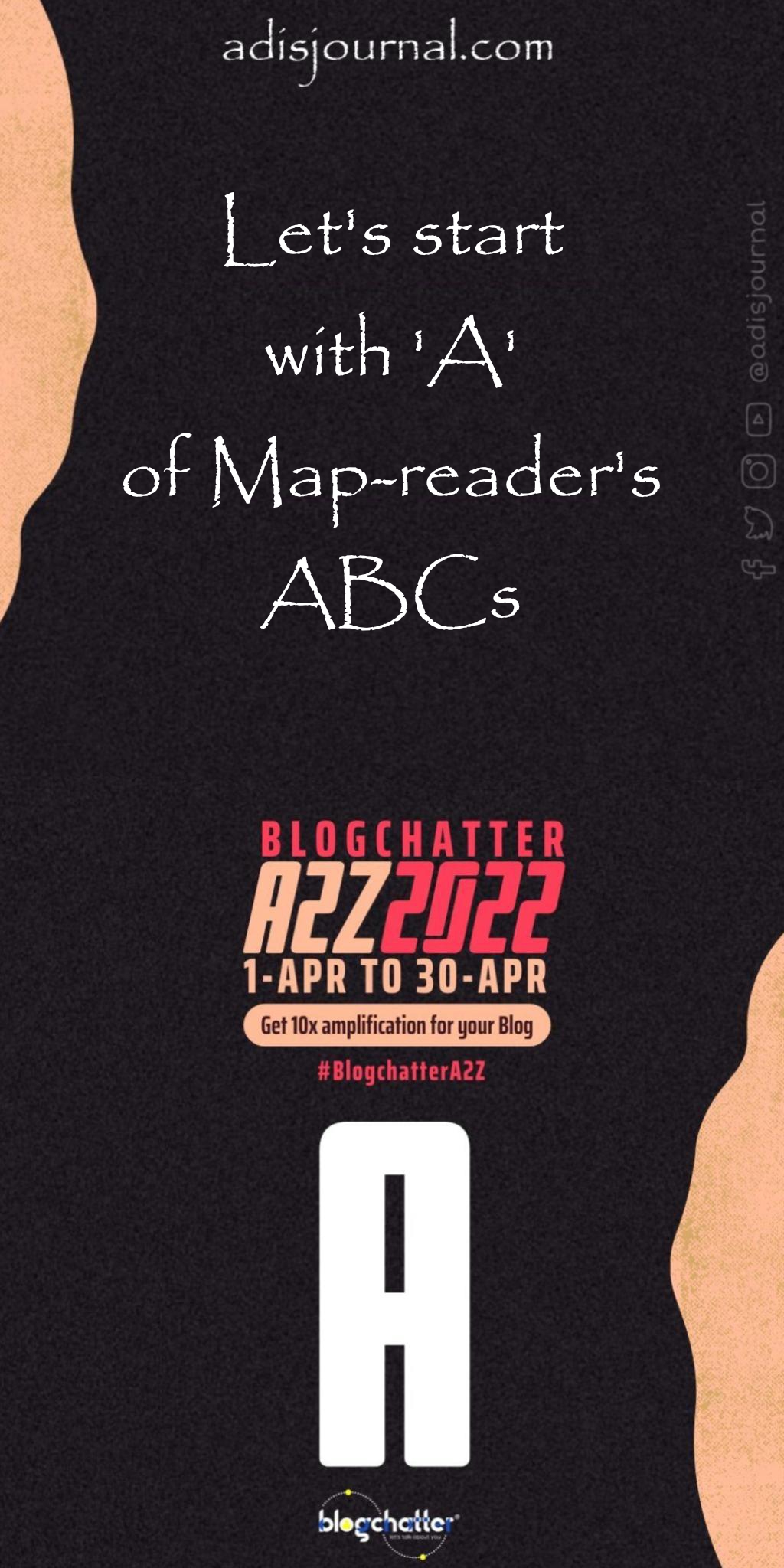
Since the widespread use of smartphones, one thing which has improved is commuting between new places. Exploring unknown areas, visiting new cities and towns around the globe is now easy. Google maps and apple maps are one of the most used apps in our lives. “Please share your current location and I will reach you.” “Sir, location sahi hai na?” “Mam, address nahi mil raha, please pin bhejo na.” These dialogues are now very common in our day-to-day life. But, these are not the only maps and using other maps can also be fun. Today, I am starting to write a series about maps and how to read them.
Map-reading? Wo kya hota hai?
I have been working as a map-maker since 2012. Making these different maps is fun work. I get a chance to know a lot of things which otherwise I would not. But one thing I have observed is that the general public is missing the fun of using maps. When we start our course in development planning at CDSA, Pune, we organize a fun Treasure Hunts in some parts of the city. I have witnessed students getting confused if we hand them over some printed maps and ask them to come to a particular location. Opening a paper map from books or atlas used to be a fun part of my childhood. However, now it seems people are more and more relying on gadgets.
So, map-reading is a basic skill which helps you to use the piece of paper on which location information is printed and reach your destination or have an understanding about a particular issue.
I would like to take this opportunity and introduce you all to the fun part of maps and map-reading. Hope by the end of this month, you all would love to get a map out and get on with your own adventure.
Let’s start with A of Map-reader’s ABC
Today, I will tell you the basics which make any diagram into a map. There are four key components without which, map is incomplete.
- Orientation
- Scale
- Title
- Legend / list of symbols
Orientation:
Orientation is the most important factor of any map which allows its user / reader to align him/herself with its surroundings. In the world of map-making, a norm has been set. Every map will have a North direction towards the top side of the paper or screen. However, this is a very recent standard which has been set during the glorious days of maritime trade and explorations. Seafarers felt the importance of magnetic north and started this practice. Before that, European map makers used to orient their maps to the East as direction towards the holy city of Jerusalem. The word itself is derived from “Oriens”, a Latin word for East.

Cartographers, guys who make maps, who went to the New world like Willem Blaeu, oriented their maps toward the west and Japanese map-makers during the 17th and 18th centuries didn’t even have standard orientation. Just imagine the headache it would give to its readers. For you to understand this, do one thing. Open google or apple maps in your friend’s phone and rotate the map using two fingers to some random angle and give it back. Then ask your friend to understand the lay of land! It would be fun to watch the expression on his or her face!
So, keep in mind, in modern maps, North is at the top. Mostly!
Scale
Scale is the measure which allows the reader to get an idea about the distances between places on a map. Generally scales are mentioned at the bottom left corner of the map. You will find a graduated scale or a ratio of numbers. Scale depicts the distance on paper to the corresponding distance on the ground. For example, if the scale is 1:24,000, then 1 cm on the map will be 24,000 cm on the ground.


Title
Title of the map gives you an idea about the story that map is telling you. In the above map, title “Water availability at villages in Bhadwad Level 3 cluster” gives a clear idea about things shown in the map. Generally they are put in bold letters and at the top. However, some maps may show it in a much fancy way like Blaeu’s map of New Netherlands.
Legend / List of Symbols
Map is a colourful document full of various symbols and patterns. They have a specific meaning depicting various information points about that particular place. For ease of reader, these symbols, colors and patterns are explained in a form of a list. (Mostly on bottom right corner of the map, just like in the map above)
Sometimes, a map is provided with additional information, notes and other details but comes as a bonus. For you to call a map, a map, these four things are must. So, with these four things in our mind, let’s start our wonderful journey of reading maps. Hope you will enjoy the time with me this month. Waiting for your response in the comments below.
I’m participating in #BlogchatterA2Z. You can read my other posts about maps and map-reading here.


Leave a Reply